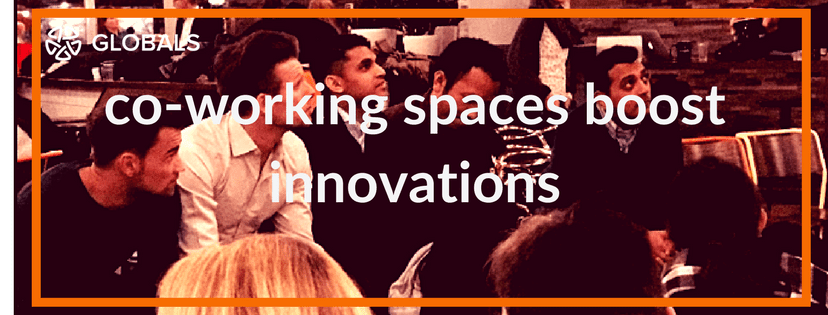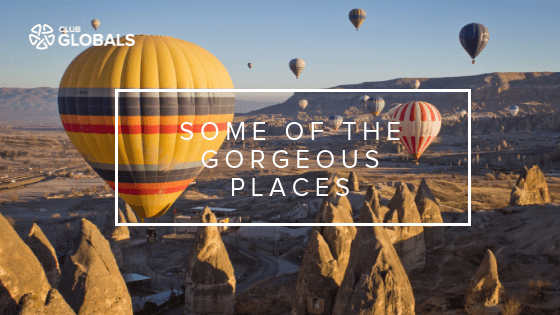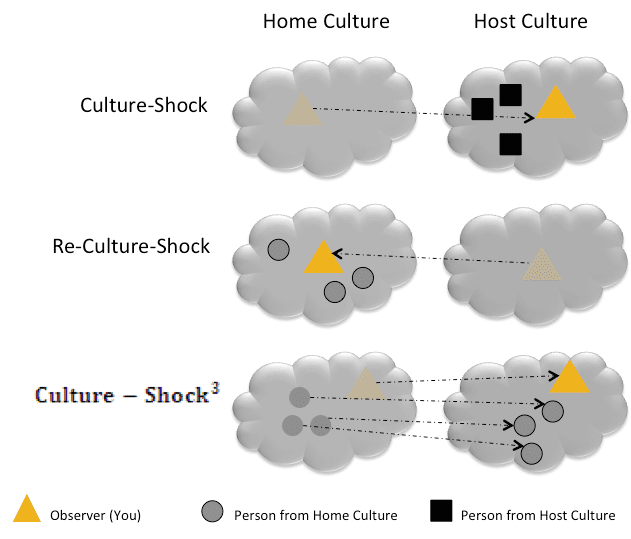
Tips on choosing the right area to live in Berlin
When preparing to move to another city several administrative aspects need to be approached. Perhaps one of the most difficult decisions to be made is choosing the right place to live. From choosing the district of the city to choosing the right apartment and
furniture, this step often requires a great deal of time and attention.
But don’t worry; this article is aimed at facilitating your choice if Berlin is your destination.
Berlin is often described as a fun, modern, colorful and a vibrant, full of history city. There is no way you can perfectly express the complexity of motivations to move to this city, but choosing the right place to live can drastically enhance the Berlin experience.
Generally, Berlin is famous for it’s laid-back attitude and the lifestyle variety it hosts.
Fast fact:
Most of the apartments in Berlin are rentals but the trend is shifting toward home ownership!
However, whether you choose to rent an apartment, to share a flat or to buy your own property in Berlin, you should first check the areas of the city in order to make sure you will make the right choice.
So let’s have a look at the 23 districts of Berlin!
Charlottenburg
- 19th-century town houses
- High end of the real estate market
- Many celebrities live in this area
- Populates also by students from Berlin Technical University
- First shopping centers in Germany
- Historical highlights: the Kaiser-Wilhelm-Gedächtniskirche, Charlottenburg Castle, Egyptian Museum
Friedrichshain
- Known for the large number of students and for its alternative scene
- Many second-hand clothes shops and trendy clubs
- Young peoples quarter
- East Side Gallery – the longest preserved piece of the Berlin Wall, covered with graffiti art.
Hellersdorf
- Large areas of greenery and numerous parks and playgrounds
- Modern Hellersdorf was created as a new residential area for eastern Berlin in the 1980s
Hohenschönhausen
- Numerous parks – suitable area for families with children
- Former prison and torture chambers used by the Stasi, are now transformed into a museum
- Nature reserve on the Fauler See lake
Köpenick
- Large district with a low population density (75% of the area is consists in forests, fields, lakes and rivers)
- Köpenick Castle, a beautiful example of baroque architecture
- Müggelsee, Berlin’s largest lake
- Several amusement parks
Kreuzberg
- Famous for its cultural diversity (biggest Turkish city outside turkey)
- Centre if the alternative artistic scene
- Berlin’s geographical centre
- Numerous museums ( and famous Checkpoint Charlie, Jewish Museum)
- Contemporary architecture
Lichtenberg
- Blend of the village-like atmosphere and modern urban areas
- Friedrichsfelde Zoo
- Schloss Friedrichsfelde Castle, the Central Cemetery (where the Bauhaus architect Mies van der Rohe designed a special monument to the revolutionaries Rosa Luxemburg and Karl Liebknecht)
Marzahn
- Brightly colored buildings surrounded by green spaces
- “Erholungspark Marzahn” park – hosts the biggest Chinese garden in Europe
- “KulturGut Alt-Marzahn” – workshop for painting, textile design and ceramics

Mitte
- Brandenburg Gate, the symbol of Berlin and of German division and reunification and undoubtedly the city’s most famous landmark
- formerly the center of East Berlin
- popular residential district
- The area is full of bars and clubs
- housing prices are rising fast as a result
- numerous institutional buildings and some important embassies (United States, United Kingdom, France, Russia)
- chic department stores
- The Pergamon Museum, the Neue Museum and the Bode Museum are located in the famous Museumsinsel, a museum complex on an island on the river Spree
Neukölln
- Known for its immigrants
- Karl-Marx-Strasse – popular shopping street.
- Neukollner Oper – Germany’s unconventional opera house
- Numerous canals and waterways
- “Britz Garden”, Böhmisches Dorf (Bohemian village)
Pankow
- Named based on the river Panke (dates back to 1230)
- Schönhausen Castle
- Many embassies to East Germany were located there
Prenzlauer Berg
- Old working-class district
- Headquarter for artists, writers and cultural activity
- vVbrant night life and many students from Humboldt Univeristy
- Kulturbrauerei – ex- 19th-century brewery complex
Reinickendorf
- Imposing tower blocks and industrial estates
- Small quiet areas with forests and lakes
- Tegel Airport
- Tegel Castle (“Humboldt-Schlösschen”)
Schöneberg
- Stylish pubs, cafes and restaurants
- Motzstrasse/Fuggerstrasse – the centre of Berlins gay and lesbian scene
- The Wednesday and Saturday morning Winterfeldtmarket – perhaps the most popular market in Berlin.
- Kaufhaus des Westens (KaDeWe) – Europe’s largest department store
Spandau
- Different feel compared to the other districts
- Italianate Citadel – oldest non-Christian building in Berlin and it is now used mainly for exhibitions
- Nikolai church – gothic style
- Many restaurants and excellent shopping
Steglitz
- Exclusive residential areas, suburbs and a green areas
- Botanical Garden – 20,000 plants from all over the world
- Quiet and sedate
Tempelhof
- Old Berlin airport that is now a very tranquil area “Tempelhofer Feld”
- well connected to the center
- Ideal for families wanting a bit of peace and quiet
- Mariendorf horse track

Tiergarten
- Berlins green oasis
- Germany’s political center (Bundestag parliament, the new Bundeskanzleramt and the presidents residence – Bellevue Castle)
- Numerous embassies
- Shopping centers, cinemas, a casino and restaurants
- Large multinational companies have offices here
Treptow
- Treptower Volkspark
- Soviet Memorial – where 5,000 Soviet soldiers are buried
- Albert Einstein made scientific history at the local Archenhold observatory
- Treptower Hafen – a restored port
Wedding
- Well preserved original character
- Strong multicultural atmosphere
- Old style Berliners live here
- Shopping facilities
- Humboldthain park and the Pltzensee lake
Weissensee
- Jewish cemetery, one of the largest in Europe
- Least populated district
- Combines the excitement of urban life with the tranquility of a rural existence
- Art school – considered one of the best in Germany
- No over-ground or underground stations in the district!
Wilmersdorf
- Exclusive residential area in Berlin – some of the most expensive real estate in the city
- Beautiful 19th-century buildings
- not particularly quiet except for a few purely residential areas
- Grunewald forest with its parks and nature reserves
- exclusive shopping and nightlife
Zehlendorf
- Exclusive residential area
- Small lakes & idyllic surroundings– Nikolassee, Krumme Lanke, Schlachtensee
- River access to the houses
- Parking is rarely a problem and children can run about safely as traffic is rare
- Free University of Berlin
- Quiet at night
As you might have noticed, a great amount of the city’s surface (over a third) is covered by parks, forests, lakes, rivers and canals; making it the ideal place to live for those who love big cities but value the time spent in the nature. Furthermore, the
public transport system is very well organized and easy to adopt, so you should not worry about the access to any district or area. For more information about Berlin’s public transport follow this blog.
You should also know that the public transport is thorough and efficient and people usually learn their way around the capital pretty fast.
This being said… Welcome to Berlin! You will definitely enjoy it!
(Picture by © lesniewski – Fotolia.com)








